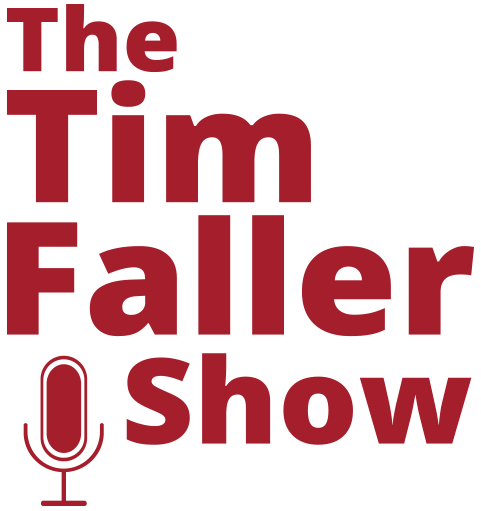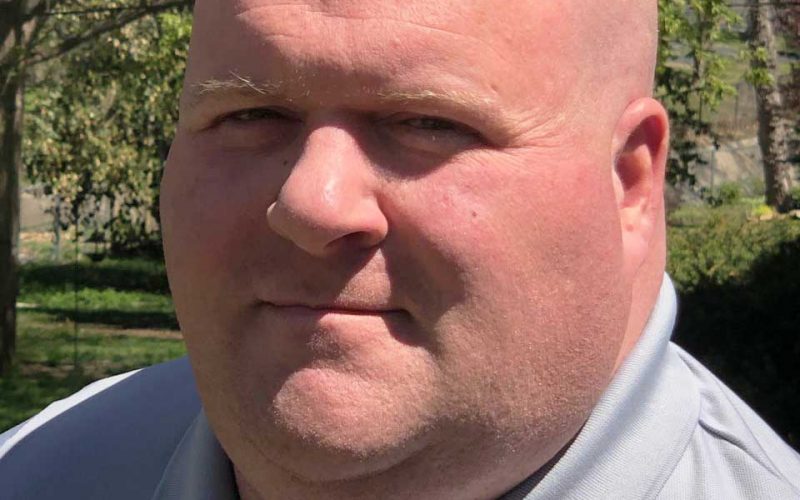Ep.58: The Inspector’s View with Aaron Wingert
Building codes and inspection systems can vary greatly from one place to another, but every remodeler has some experience with inspections — good or bad.
In this episode, we get the other side of the story, from a former inspector. Aaron Wingert joins Tim and Steve to talk about how important it is to establish trust with your local inspectors and embrace the whole process.
Aaron has been a market development manager for Louisiana Pacific for two and a half years, and lives in the Kansas City area. Prior to working for LP, he spent nearly 16 years as a building codes inspector, chief inspector, and plans examiner in two jurisdictions in the Kansas City area. In that time, he did inspections of all phases of work, by all trades, in remodels, new construction, residential, multi-family, and commercial construction.
Aaron talks about being hired as an inspector out of the construction industry, and what kind of training inspectors may — or may not — get. When they’re on a job site, there’s a lot of pressure on them too. To work well together, he says, you have to own the work you do, and it’s critical to be at your inspections. Aaron talks about how to develop a good working relationship with local building departments, including:
- Working with a new inspector
- Staying on top of code changes
- When to call the supervisor
- Developing the ability to eat crow
- Why playing games with your inspector is a bad idea
- Being open to conversations and differences in interpretations
- Why the burden of proof is on you
- Getting scheduling straight
- Participating in code review sessions
- Knowing how your inspectors work
- What worries keep inspectors up at night
- Who’s to blame when something goes horribly wrong
- And more …
Overall, just be human, approachable, and friendly — inspectors do want to help you, Aaron says. Get to know each other, try not to be combative, and everything will run more smoothly.











